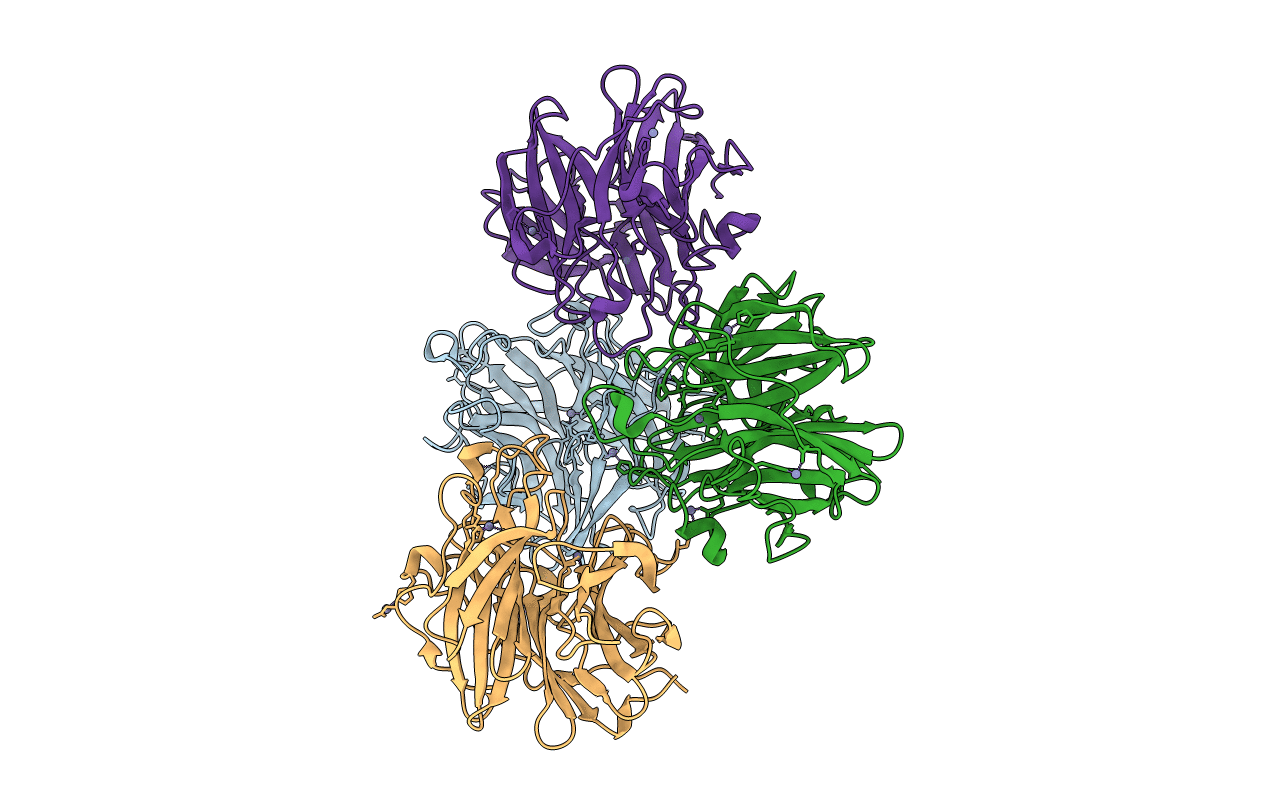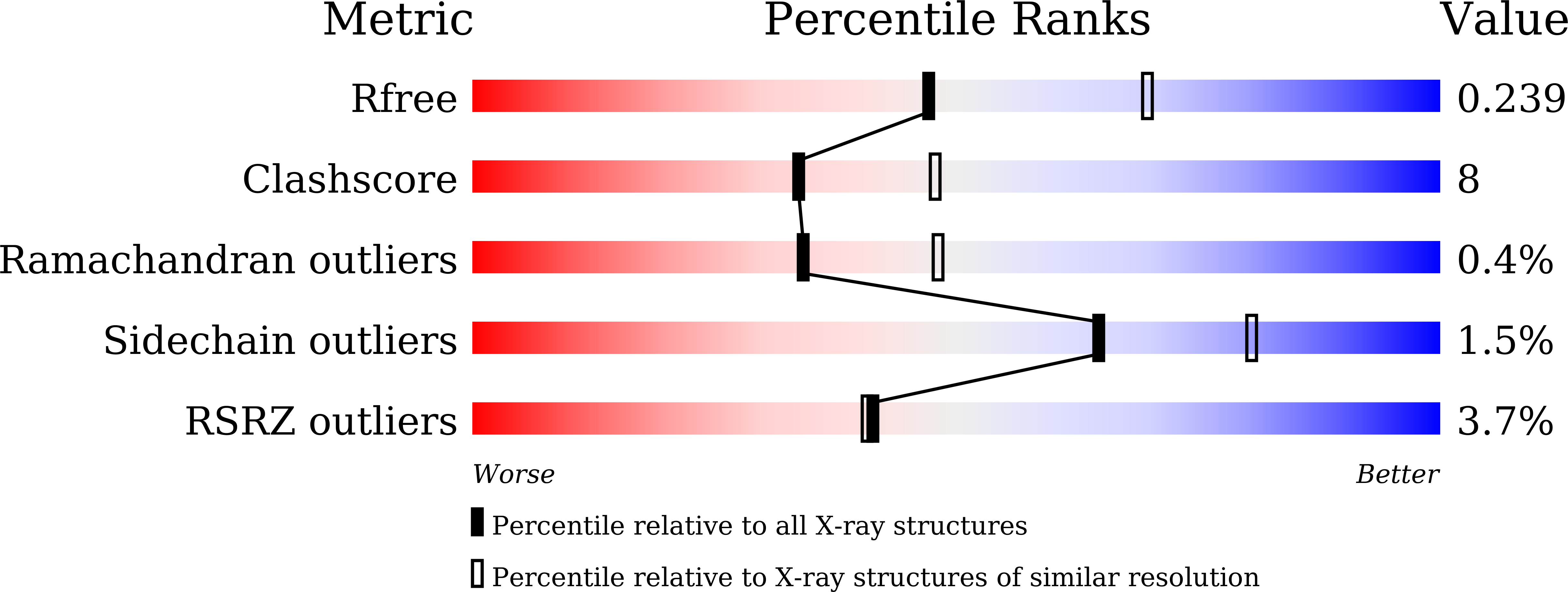
Deposition Date
2021-08-01
Release Date
2022-01-05
Last Version Date
2023-11-29
Entry Detail
PDB ID:
7FIP
Keywords:
Title:
The native structure of beta-1,2-mannobiose phosphorylase from Thermoanaerobacter sp.
Biological Source:
Source Organism:
Thermoanaerobacter sp. (strain X514) (Taxon ID: 399726)
Host Organism:
Method Details:
Experimental Method:
Resolution:
2.39 Å
R-Value Free:
0.23
R-Value Work:
0.18
R-Value Observed:
0.18
Space Group:
I 4


